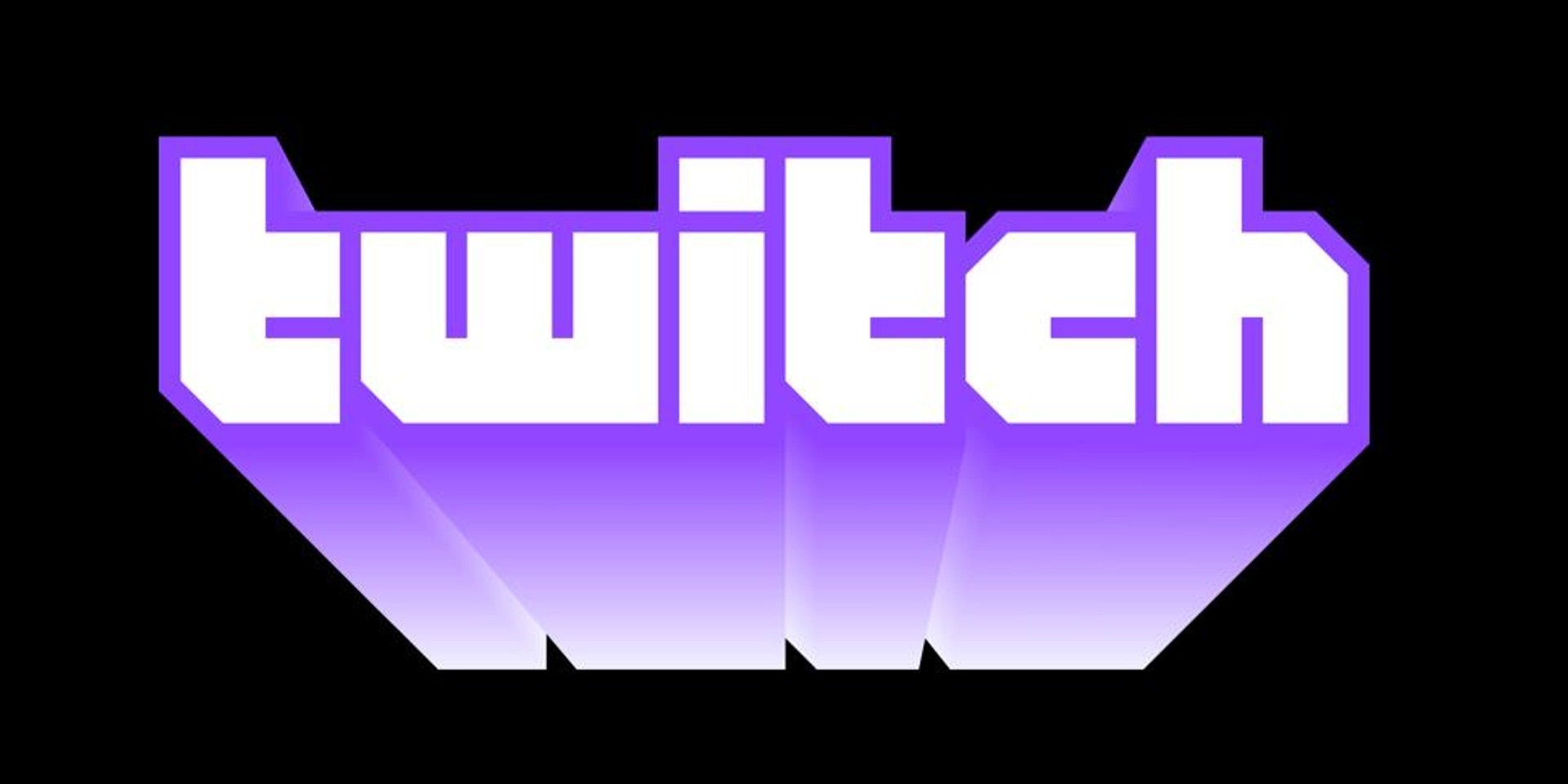Finding ways to forge deeper connections with their listeners and figuring out how they can monetise their content as efficiently as possible have, for the longest time, been huge headaches for many musicians. But according to a new report, a remedy for these problems already exists, and it takes the form of video livestreaming service Twitch.
Titled "Twitch Rockonomics", the report, which was written by Spotify's former chief economist Will Page, sets out to highlight some of the key aspects of Twitch that make it a viable solution for musicians despite being a service that mainly focuses on gaming-related content.

In his report, Page argues that despite availability of a number of music streaming platforms in the market, there is still a disconnect between music consumers and musicians.
He writes: "None of the on-demand streaming services that have since sprung up enable immediate engagement, nor do they offer fans a way to directly compensate creators. This is a relic of the music industry of old."
He also notes the strong similarities between these platforms. "Not only do they charge the same monthly fee, but they offer the same 60 million songs. This makes ‘cross-usage’ – where a subscriber to one streaming service would also subscribe to another – irrational," explains Page.
Following this, Page goes on to explore the characteristics of Twitch that differentiate it from other streaming services and make it an ideal platform through which musicians can share their creations. These include the overall user experience, the revenue stream of its content creators, and its strategy for reaching consumers.
OVERALL USER EXPERIENCE
The most noticeable difference between Twitch and other streaming platforms is that Twitch's users mainly consume content from their desktops or laptops. According to Page, this gives Twitch an advantage in that its users are less likely to have their attention taken away by other applications. This is great for musicians who are hoping to not only attract new listeners but also retain their attention.
"The war for attention taking place on our smartphones resembles a tragedy of the commons: seemingly innumerable competing apps are over-exploiting our scarce attention, with little regard for the actions of others. The desktop is arguably less susceptible to this insatiable competition for our attention, as people using a desktop are typically in a more focused zone than when they’re on their phone," elaborates Page.

Source: Will Page, MIDIA
To support his claim, he cites a study conducted by MIDIA, which shows that Twitch users spend an average of 15.8 hours on the platform each week. This is much higher than the figures recorded for Spotify (6.4 hours), YouTube (5.7 hours), and TikTok (1.9 hours).
CONTENT CREATORS' REVENUE STREAM
While most streaming services acquire the rights to songs from record labels, publishers, and Collective Management Organisations (CMOs), Twitch allows musicians to control the rights — for sound-recording and publishing — to the material that they record and perform during their streams.
"Twitch is distinct here in that the creator is both the source of content and the license provider," remarks Page.
Additionally, instead of generating revenue through subscriptions and advertisements, Twitch opts to utilise a creator-oriented "Money In" model. This three-pronged approach benefits creators in that it allows them to earn a share every time someone subscribes to their channels, receive direct support from users through the Bits feature (a form of virtual currency), and earn revenue from advertisements that run on their channels.

As for "Money Out", Page writes that the pro-rata model adopted by most streaming platforms may not be the best way to go.
He explains: "The platform aggregates all the streaming data and revenues from a specific market and product over a specific time period, divides an artist’s share by that sum, and allocates revenues proportionately. Get 1% of all the streams, and you’ll get 1% of all the money... Heavy streamers are effectively subsidised by light streamers."
To Page, Twitch's "user-centric" approach, where a consumer's subscription fee is "ring-fenced to [his] own listening", is a viable alternative. He writes: "If you pay a recurring fee to a creator's channel, they’ll see that revenue without any of the pooling inherent to the pro-rata model."
Furthermore, unlike other streaming platforms, Twitch ensures that its creators are remunerated no more than 30 days after the end of each month.
STRATEGY FOR TARGETING CONSUMERS
Instead of going for quantity, Twitch prioritises helping creators build intimate, long-lasting, and mutually beneficial relationships with their fans. According to Page, fans who feel connected to the creators that they follow are a lot more likely to spend (repeatedly) on the platform. This, coupled with the fact that creators are able to generate US$0.15 per-hour-per-user (compared to an estimated rate of US$0.01 per-hour offered by pro-rata models), makes streaming on Twitch extremely lucrative for creators.
To illustrate his point further, Page provides a case study about Matt Heafy, the vocalist and guitarist of American heavy metal band Trivium. Despite having only 250,000 subscribers on Twitch (a tenth of his listener base on streaming platforms, Heafy's Twitch revenue is broadly equal to his earnings from other streaming platforms.

Source: Will Page
Like what you read? Show our writer some love!
-

